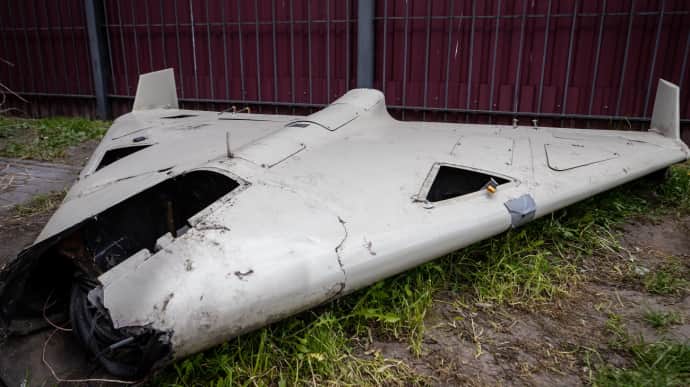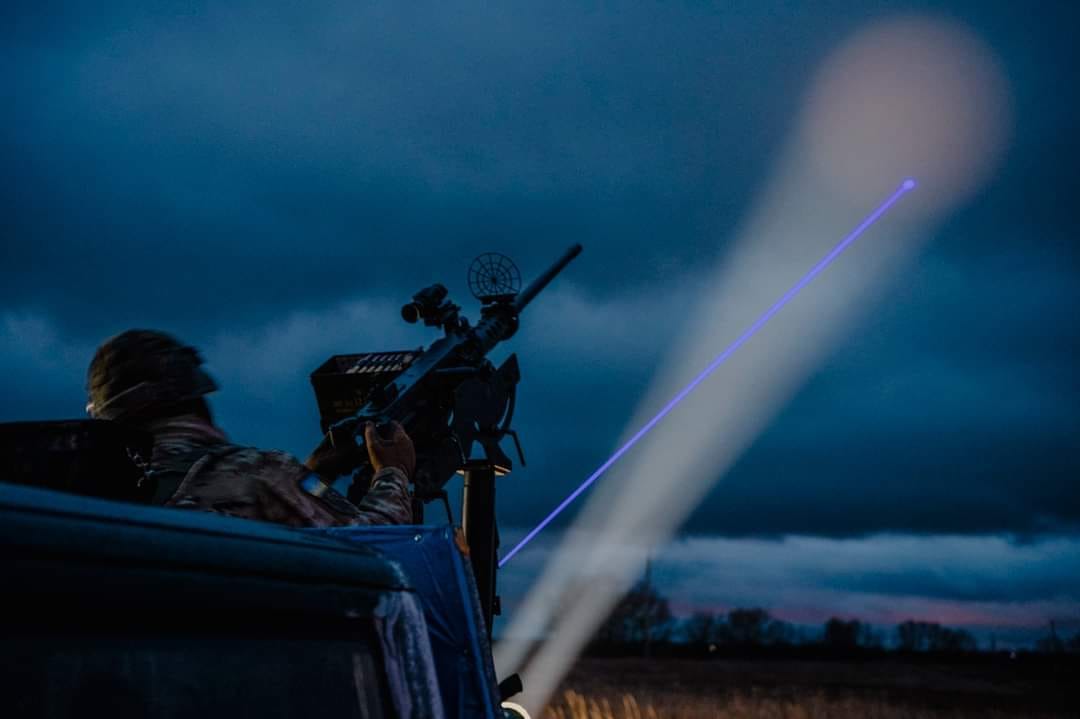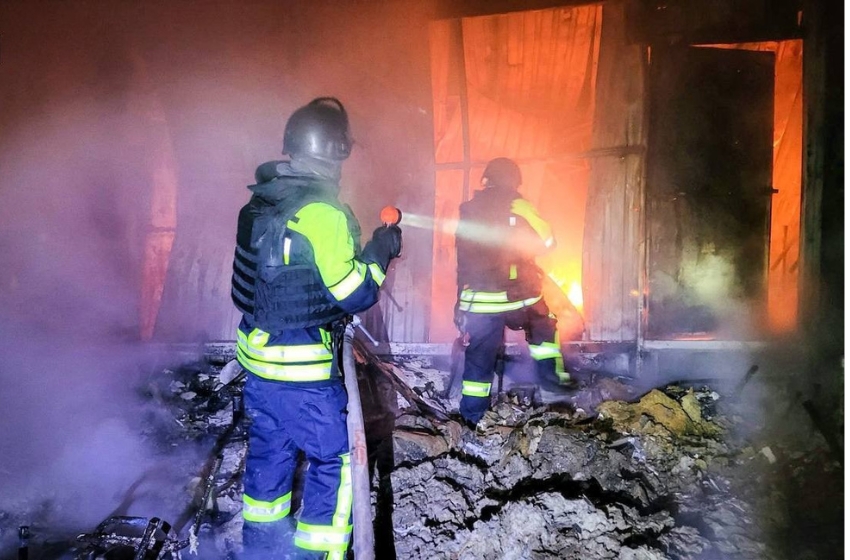During the three weeks of October 2024, Russian forces used 1,178 Shahed-131/136/'Gerbera' kamikaze drones, of which only 51 reached their targets, meaning that 96% of these types of munitions were shot down.
It is worth noting that this represents a 30% increase in aerial assets compared to the first three weeks of September, when 856 were used. However, the hit rate for kamikaze drones, despite such a significant increase of 322, changed very little.
In the third week of October alone, the Russian forces deployed 662 Shahed-131/136/'Gerbera' kamikaze drones, more than double the 301 used in the third week of September.
It should be understood that among these attacks are 'Gerbera' decoy drones, 'Parody,' and their analogs, which are cheaper and designed to distract air defense systems. The Russian forces place makeshift "Lüneburg lenses" on such decoy drones, mimicking an object comparable to the kamikaze drone "Geran-2." Therefore, the statistics include not only kamikaze drones but also these decoys, which are difficult to identify quickly.
What is the ratio? As of now, there is no answer to this question, but preliminary information suggests that the ratio exceeds 1:1.
Use of FPV Drones
During the third week of October, Russian troops deployed over 3,200 FPV drones. In total, for the three weeks of the month, this figure exceeded 9,500 and, accounting for error, amounted to up to 10,000, or an average of more than 470 per day. Additionally, in October, a new absolute record for FPV drone usage by the Russians was established—over 740 in one day. The previous absolute record for daily FPV drone use by the Russians was recorded in September, with more than 700 units.
It is possible that October may set an absolute monthly record for FPV drone usage—around 13,000.
"Lanzet" Munitions
The loitering munitions 'Lanzet' demonstrated extremely low usage during the third week of October, which was even below 5 units per day! It should be noted that 'Lanzet' also showed very low usage rates in September. There were few days when more than 5 munitions of this type were used in a single day.
Given the second month of such low usage rates for 'Lanzet,' it is possible that serious production issues have arisen, or the Russian command has decided to abandon the expensive 'Lanzet' munitions in favor of cheaper FPV drones, using 'Lanzets' for particularly high-value targets beyond the capabilities of FPV drones.
Conclusions
The three weeks of October demonstrated a record intensity in the use of Shahed-131/136/'Gerbera.' However, the effectiveness of strikes with this component, despite the increase in usage, did not exceed 4%. Additionally, it is confirmed that at least half, if not more, of the total number of used kamikaze drones are decoys mimicking Shahed-131/136.
There remains a consistently high level of FPV drone usage and growth in metrics. As expected, the restrictions imposed by China on the supply of FPV drones have not yet shown their effect, as Russia may have stocked these munitions, which may dwindle by the end of the year. Then it will be necessary to draw conclusions about whether Russia is subject to restrictions regarding Chinese FPV drone supplies or if this was a farce from Beijing.
The use of 'Lanzet' munitions has shown a consistently low rate over the three weeks of October.





















